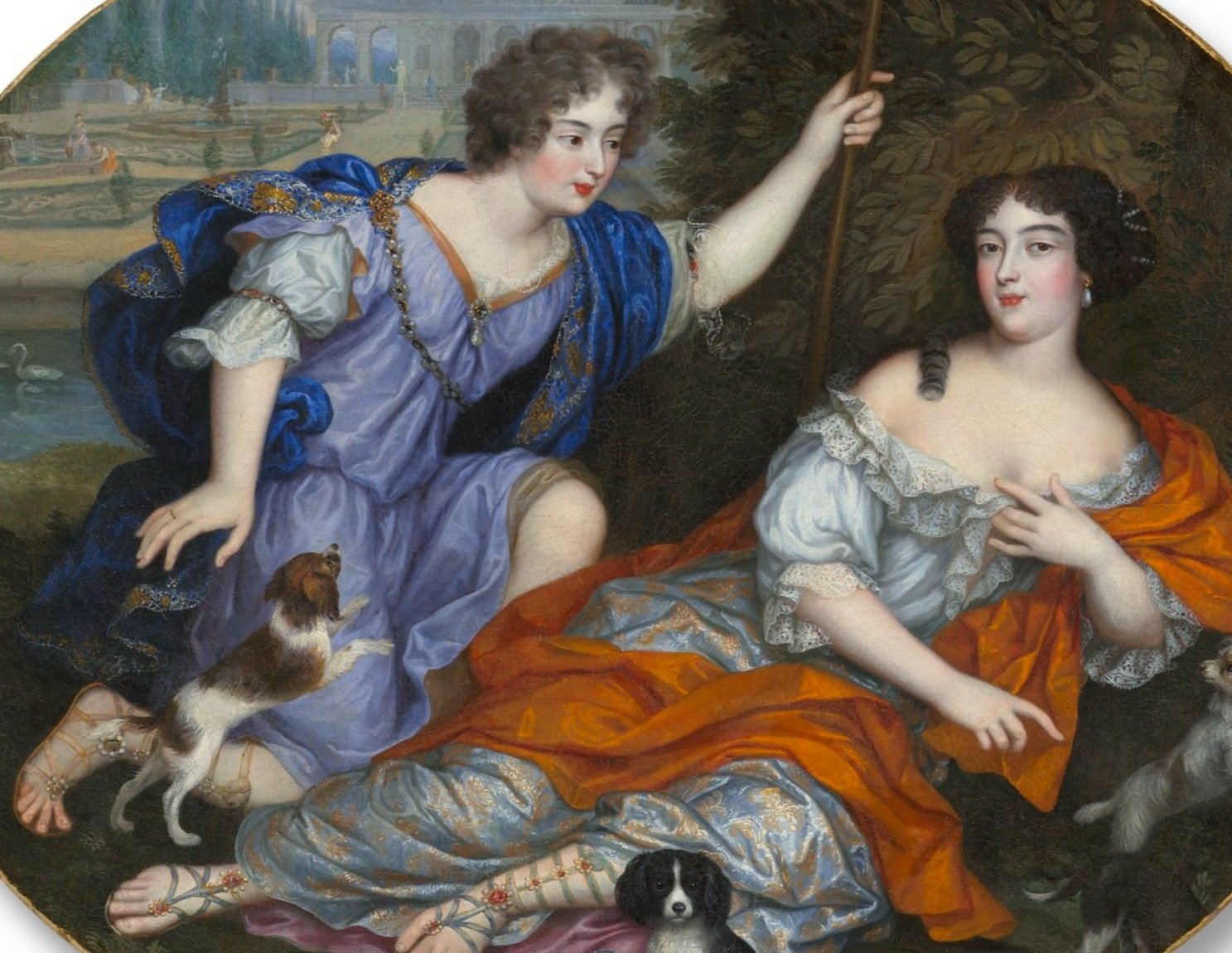
Henri Gascar (Paris 1635 - 1701 Rome)
Venus and Adonis, 1670s
Oil on canvas
39 x 47⅜ inches / 99 x 120cm
Provenance
Probably Marquis d’Havrincourt,
Comte Gérard de Cardevac, (1902 – 1998),
Rouillac, Chateau de Cheverny, 6 June 1999 (lot 17),
Walid Juffali (1955 – 2016), Bishopsgate House,
The Walid Juffali Collection, Bishopsgate House, Bonhams, 26 March 2018 (lot 95),
Private Collection, Windsor
Henri Gascar was born in Paris in 1635, the son of Pierre Gascar, a minor painter and sculptor. Although Gascar had achieved moderate success in France, it was not until he came to England sometime around 1674, probably at the behest of Louise de Kéroualle, Duchess of Portsmouth, that he began to see great success. Whilst his popularity was at its height in England, Gascar painted many of the country’s most important people including Charles II, the King’s brother James Duke of York, for whom Gascar produced one of his finest works, and the King’s mistresses Barbara Villiers, Duchess of Cleveland and Louise de Kéroualle, Duchess of Portsmouth, on more than one occasion. However, by at least 1679, Gascar was shrewd enough to see that his popularity was due to a fashionable craze and he returned to Paris, apparently having amassed a fortune of over £10,000.
April of 1679, Gascar had been sent by Louis XIV to paint the signing of the treaty of Nijmegen. Despite painting the scene more than six months after it was signed, he was given detailed accounts of the individuals present on the day and paid several visits to the audience chamber in which the treaty was signed. The result was Gascar’s largest work depicting seventy people each individually portrayed. On his return to Paris, and with the success of his painting of the peace treaty of Nijmegen, Gascar was elected a member of the Académie Royale on the 26 October 1680, however he moved to Rome in 1681 where he remained for the rest of his life, he died there on 1 January 1701 at the age of 66.
This work can be described as a portrait historié, a term coined to describe a portrait depicting an individual in the guise of a historical or mythological figure. In this instance the sitters are portrayed as Venus and Adonis. The reclining female figure is shown as Venus, the goddess of love, she gentle holds her lose lace drapery whilst looking directly to the viewer. The young male figure standing beside her is depicted as Adonis, shown with his spear and hunting dogs in the distance. The female sitter points to one of the many King Charles spaniels surrounding her, Charles Spaniels were the favoured breed of dogs of King Charles II and his sister Henrietta Anne, who was married to Philippe, duc d'Orléans, the brother of Louis XIV. Although the sitters are hitherto unknown, the guise and action of pointing to her dog may indicate that she is one of Charles IIs many mistresses. Indeed, the portrayal of dogs in art has historically been associated with fidelity and loyalty and in pointing to her King Charles spaniel, the sitter may be referencing her relationship with and loyalty to the King.
Gascar’s portraits are almost immediately identifiable for their vivid-jewel like colouration and for the artistic attention paid to the clothing, jewels and setting of his sitters, often at the cost of his sitters’ physical representation. This work is no different and shows how Gascar has placed the sitters in an elaborate formal garden, with a spectacular mansion in the distance. Their shining silk drapery and clothing, adorned with precious jewels indicates that the sitters would have had considerable wealth and is indicative of the status they no doubt would have wanted to display.
